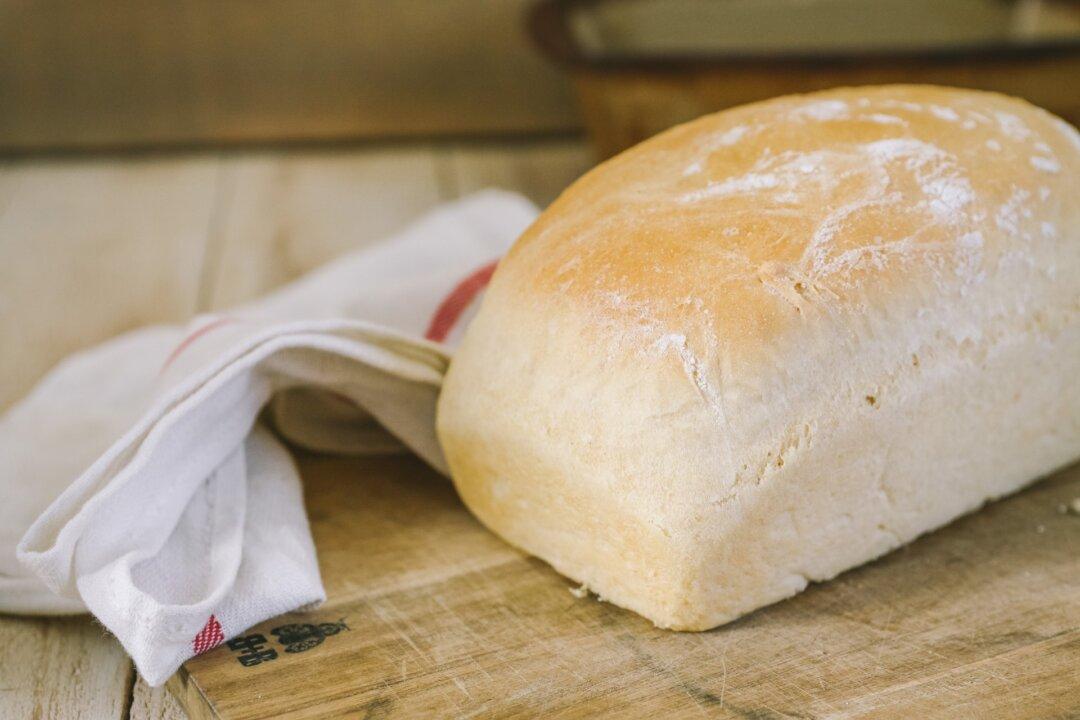The familiar buzz of my iPhone reverberated through my pocket, and my hand instinctively fished the thin rectangle from my coat. My thumb swiped to answer the call before my brain could even register what was happening. I heard the voice of a friend, and we fell into our usual banter.
It’s an unremarkable scene that plays out millions of times per day in a society run by these incredible pocket computers. But instead of lounging in a hipster coffee shop or strolling through the mall as I nonchalantly chatted about the week’s events, I was sitting under my 1,200-pound Brown Swiss milk cow, squeezing streams of frothy, golden milk into a stainless steel bucket and dodging a swinging tail and impatient foot stomps, with my phone wedged between my ear and shoulder.
There are few times my life feels as paradoxical as when I’m milking my cow and talking on one of our world’s most powerful pieces of technology at the same time.
According to some definitions, I’m a millennial. Born in 1985, I fall in the early side of the category, according to some, and in a smaller pre-millennial subset (called Xennials), according to others. But regardless of my official generational labeling, my penchant for old-fashioned skills and homegrown food makes me rather unusual for my age group.


